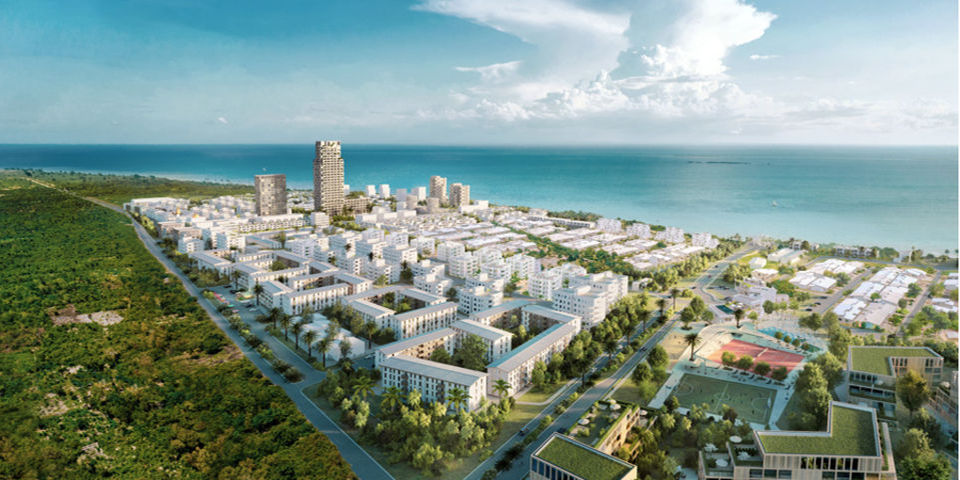Summary
- OMT Architects announced last year designing what would be Africa’s tallest hybrid timber tower in Zanzibar city
After designing one of the world’s tallest timber towers in Zanzibar, Germany-based OMT Architects is embarking on new projects in the Isles.
These are to include, among others, Moyoni town houses, Vizazi and Chei Chei housing projects, according to the firm’s founding partner Leander Moons.
The latter, CheiChei Living project, is a multi-family four-storey apartment building complex in Zanzibar where the building material is gaining popularity.
OMT Architects announced last year designing what would be Africa’s tallest hybrid timber tower in Zanzibar city.
The “Burj Zanzibar” will rise 96 metres and accommodate 266 residences and recreational and conferencing facilities using locally available wood.
Through the plan, the Isles government expects to attract tech companies to turn the island into a leading hub for Africa’s technology companies.
In the Burj Tower project, OMT will partner with n partnership with BirkBirk Heilmeyer Frenzel Architects, engineering firm Knippers Helbig Advanced and CPS Developers.
“Our goal is to promote the use of timber within the affordable market,” he said during a just-ended conference on timber role in construction industry in the US.
He added, “We want to demonstrate how timber can be used to create more sustainable housing solutions to the needy”.
The new development seeks to turn Zanzibar island into a leading hub for Africa’s technology companies using timber for construction.
The proposed 28-story tower will be located in Fumba Town, some 20 km away from the Zanzibar Stone Town, a protected site for its historical relics.
In his presentation at the conference held at Portland, the US, Mr Moons showcased the landmark projects using timber, saying they can tackle the housing crisis given their availability in Tanzania.
“The experience gained from the previous projects has resulted in the further development of more complex and larger timber buildings”, he pointed out.
“Mass timber offers numerous benefits for high-rise construction”, he further added; suggesting its optimal use even in high tech construction projects.
However, he acknowledged challenges that the local timber value chain faced in Africa, including little awareness of their potential.
“OMT Architects recognises that the demand for timber as a construction material needs to grow before challenges in the local timber value chain can be overcome.
“OMT’s projects in Africa aim to create more awareness of the potential for mass timber in construction.
“Supporting the local value chains to empower local communities and support local wealth creation while limiting transportation and importing impacts”, he explained.
The company’s vision is to develop urban and residential solutions and in so doing “transform the construction industry into a more sustainable sector”.
According to Mr Sebastian Dietzoid, the CPS chief executive officer, the value chain from timber housing has the potential to become an $8 billion industry.
“We want to do large-scale developments in Tanzania, and we want to do it with timber,” he was quoted recently as saying.
He said the African countries have a backlog of over 50 million residential units and that his firm is currently producing 300 to 400 units in the Isles out of the needed 6,000.
“In Dar es Salaam there are over 70,000 houses that people can afford. These affordable houses don’t have to look like refugee camps, they can be beautiful houses made from sustainable materials”, he said.
Tanzania, he explained, can capitalise on this because, according to him, it was producing about 1.5 million cubic million sawn timber per year.
The country has vast forestry resources which, he said, can produce 42 million cubic meters of sawn timber per year “enough to feed the world with timber”.
Source: The Citizen











